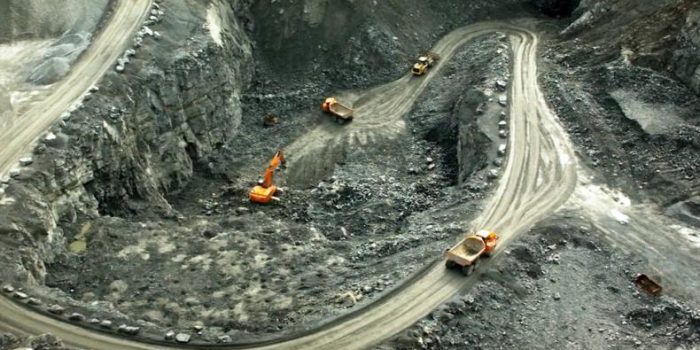It is becoming increasingly evident that we are best able to stop the most disastrous effects of global warming by burying the fossil fuels industry and forcing the world to decarbonise as fast as possible.
According to recent research, the great majority of the world’s known fossil fuel reserves must be kept in the ground in order to avoid the worst consequences of climate catastrophe.
“Dramatic cuts in fossil fuel production are required immediately in order to move towards limiting global heating to 1.5 degrees,” Dan Welsby, the lead author of the report and researcher at University College London, said at a conference on Tuesday. “But the current and indicated fossil fuel production trajectories globally are moving us in the wrong direction.”
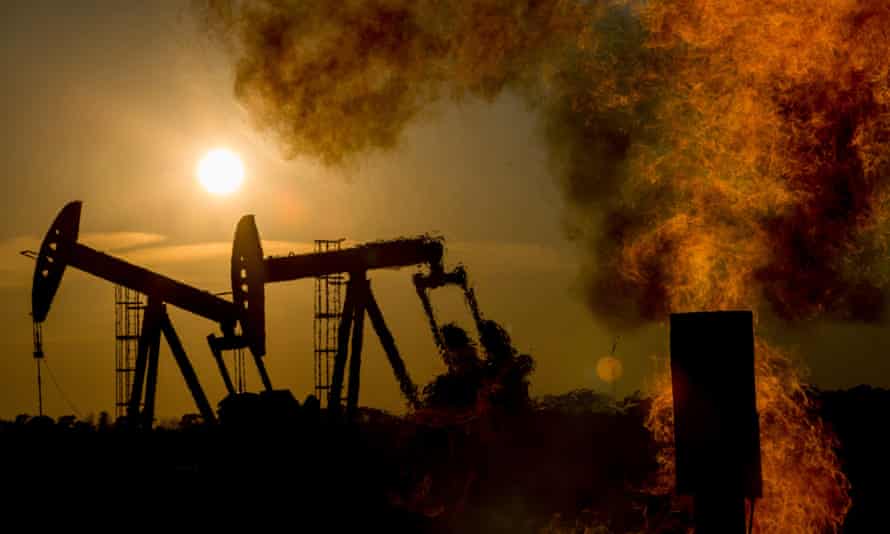
The study, published Wednesday in the scientific journal Nature, uses “unburnable” carbon models. These are fossil fuels that cannot be used if the Paris Agreement’s objectives are to be achieved. The models take the carbon intensity differences in fuels throughout various parts of the world into consideration. Tar sands in Canada, for example, have a substantially higher carbon impact than other fuel types.
The research is an update of the 2015 study. Researchers examined what would be required to keep warming below 2 degrees Celsius (3.6 degrees Fahrenheit) in that study. They discovered that 80 percent of coal, 30 percent of oil, and 50 percent of gas needed to be kept in the ground to keep heating below that threshold, which was later embodied in the Paris Agreement.
Furthermore, the agreement featured the 1.5-degree-Celsius objective, a question of life and death for many small island countries.
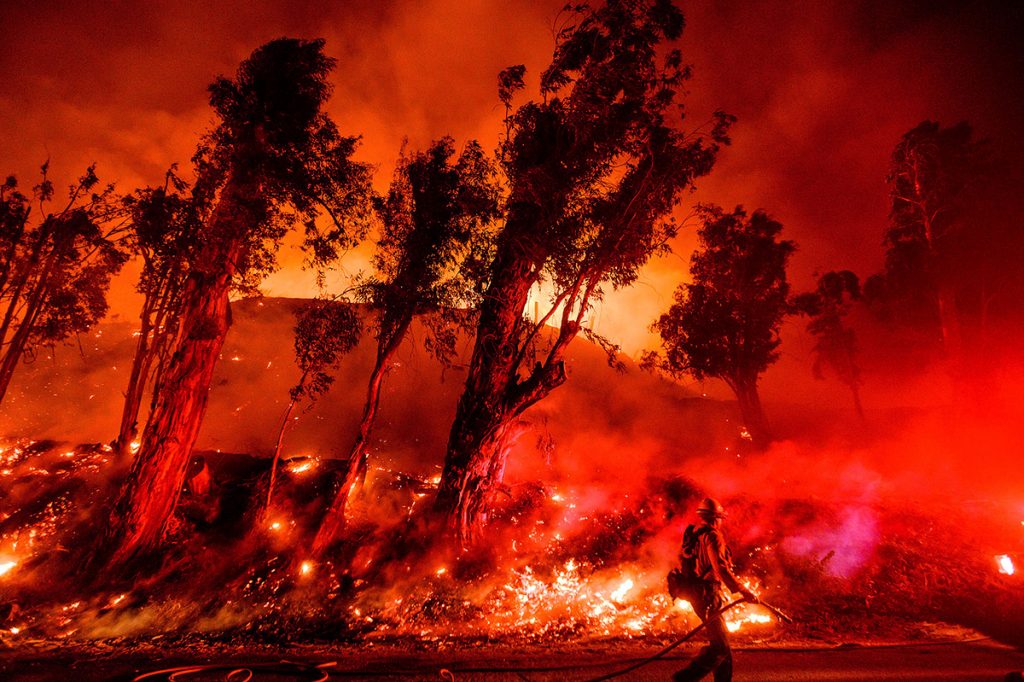
The study also found that 90% of coal must remain unextracted. Moreover, over 60% of oil and gas reserves must stay underground, with a 50% chance of keeping global temperatures rising 1.5 degrees Celsius above pre-industrial levels. In addition, it estimated that oil and gas production must decline worldwide by 3% each year through to 2050, implying that most regions must reach peak production now or during the next decade.
The report reveals that global reserves of fossil fuels in the soil vary from country to country. This is based on geographical restrictions for the extraction of fossil fuels and the worldwide carbon intensity and energy cost. For example, this study lays high-polluting deposits in the ground, including Canadian tar sands and Venezuelan oil. Meanwhile, countries that rely largely on oil and gas for government revenue, such as Saudi Arabia, Iraq and Kuwait, are at very high risk of transition if their economies are not diversified quickly.
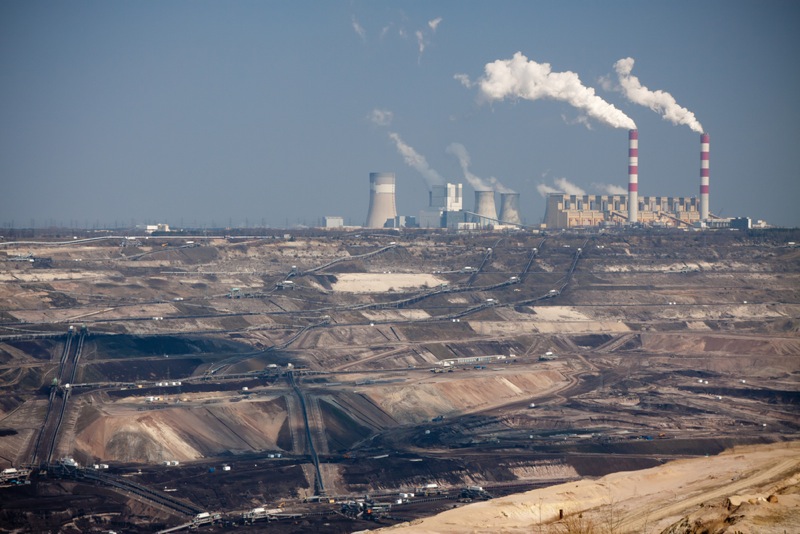
Earlier this year, the International Energy Agency said that it sees no need for advancements in the fossil fuel industry if the world wants to tackle the deepening climate emergency effectively. The study’s mandate is comparable: Technically, global production of fossil fuels should have peaked last year in order to keep us up with the objectives of the Paris Agreement.
Oil production, in particular, has a little more leeway. According to the study, the peak should be around 2025, whereas the peak for gas varies depending on the region. But, whatever the dates, the end of fossil fuels must come to an end.
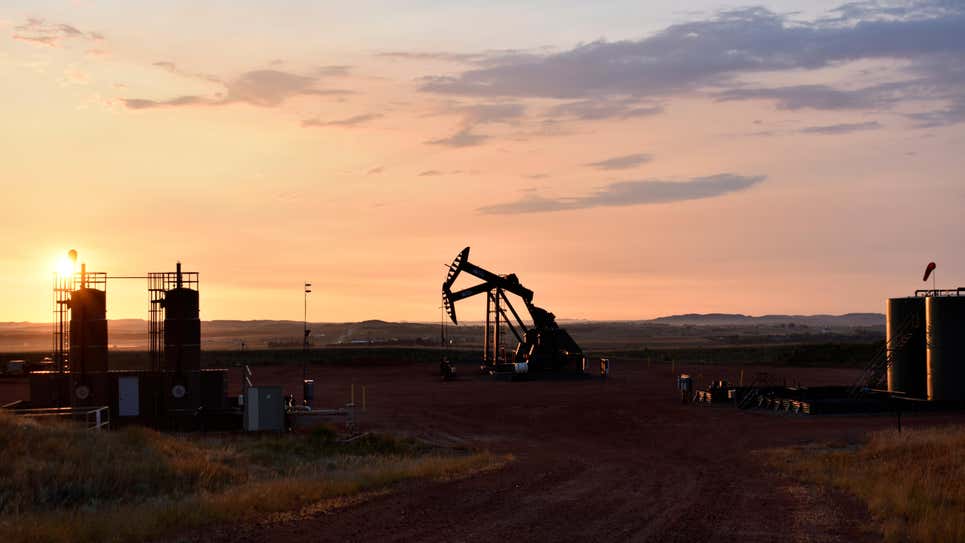
Yet, the industry is vigorously expanding, and there is still a “production gap” since the world produces more fossil fuels than what is safe. However, the latest study demonstrates that drastic adjustments must happen soon.

